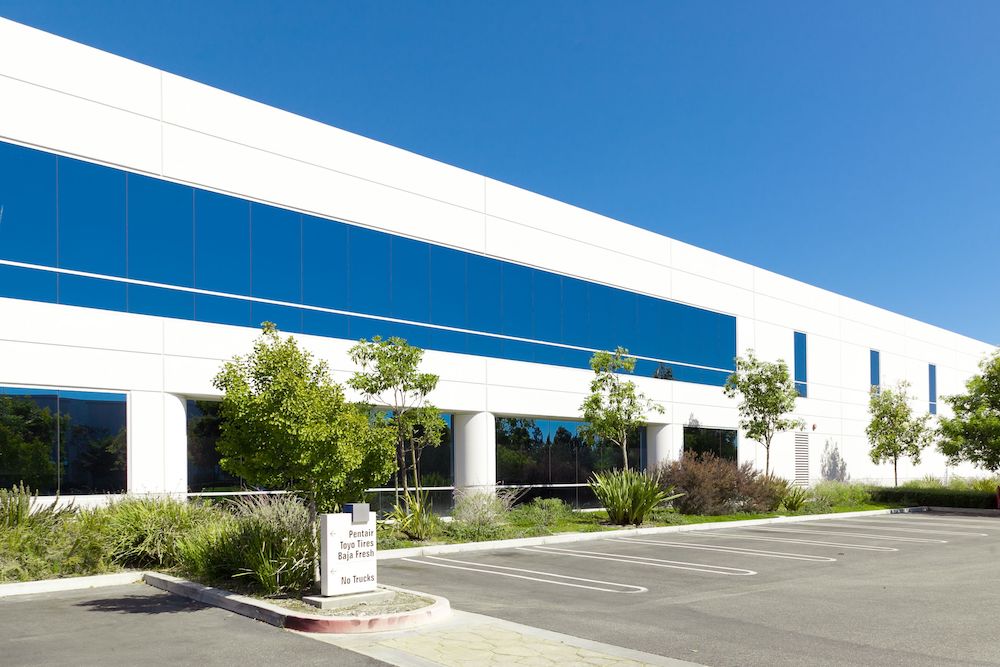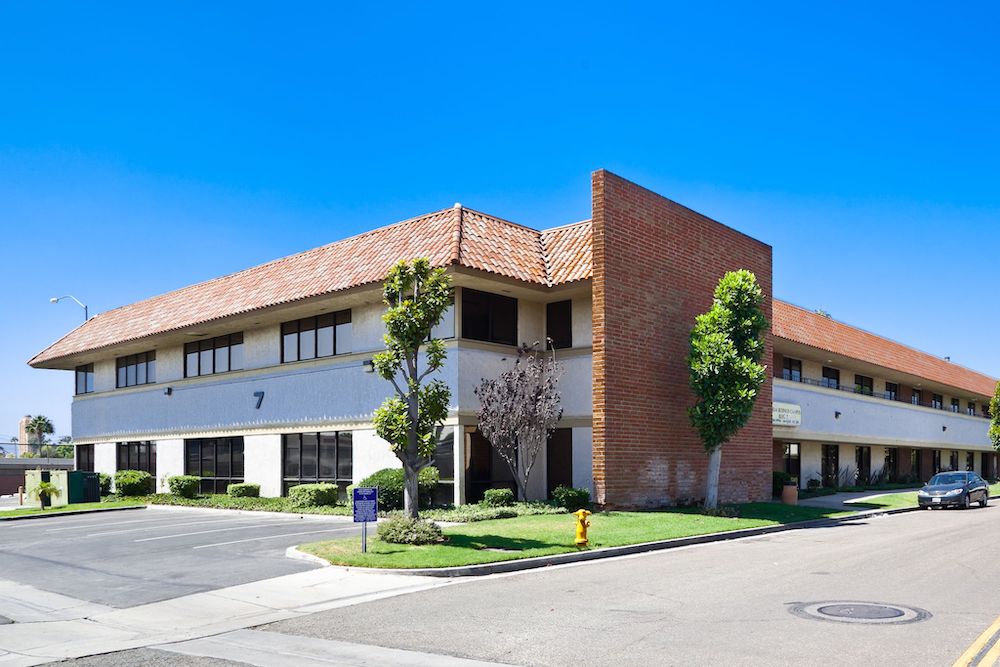In the first two installments (see below) of our series regarding the potential impact of a recession on the commercial property sector, we discussed the probable reduction in transaction velocity, a flight to quality that would negatively impact functional obsolete properties, an increase in institutional ownership and a cap on the prolific rent growth we have seen over the past few years.
This combination alone would be enough to precipitate a substantial correction in property values.
However, there is more to story which we address in this third installment.
Catch up on the series:
Since we published Part 1 on September 2nd, we have seen some wild shifts in general economic trends. Along with the big pullback in equities, the yield on the 10-Year Treasury bond, the primary benchmark for setting mortgage rates, spiked to over 4%, the highest rate in over a decade. It has since settled in the 3.7% range, but further volatility is likely. This will only spook lenders and cause them to further tighten underwriting and raise rates. We fully expect the SBA 504 rate to jump much higher next week, perhaps to a level approaching 6%, higher than we’ve seen since before the financial meltdown in late 2007. Rates this high will not be easy to absorb without an offset in pricing to keep debt service from becoming unmanageable. If sellers are unwilling to soften their pricing stance, we believe owner/user demand will fall sharply in the last quarter.

Throughout the recovery that began in earnest back in 2011, speculative and add-value plays have been a significant driver of market activity. Older industrial projects were snapped up and repositioned to capture rapidly rising lease rates and sales prices. Cap rates plummeted to record lows as investors became more and more focused on industrial product than other asset classes. Institutional buyers were gobbling up every square foot of space they could to control inventory in a market with excess demand and rapidly rising rents. Bidding wars ensued and sales prices rose so fast that even the most seasoned real estate professionals found it impossible to come up with realistic estimates of value.
Pricing has literally quadrupled since the last peak in 2007 (not a typo), as owner/users and investors took advantage of the lowest interest rates in history to buy up everything that wasn’t on wheels. To say the least, those low interest rates distorted reality and now that they are moving rapidly in the opposite direction, today’s lofty pricing is in serious jeopardy, and the add-value players have run for the hills.

Deals being re-traded during escrow is the new normal, with buyers looking for discounts of up to 25% to keep from walking away. Even the most aggressive institutions won’t even look a land deal these days after climbing all over each other to be the winning bidder for the past few years. Until now, they were willing to bet on lease rates to keep moving up fast, which gave them to courage to pay a ridiculous premium for land. But, where lease rates will go from here is an unknown. Demand is still running ahead of supply, but even quality buildings are taking longer to lease, which may be a signal that the pendulum is beginning to swing in the other direction. We are just not seeing the bidding wars that have driven the prolific rise in rents over the last couple of years. That said, vacancy is still sub-1% in many submarkets and that makes the case for higher rents in the short term. However, if the vacancy rate changes direction, which is a distinct possibility, rent growth would definitely be impacted.
So, all of this clearly leads to one likely outcome: a market correction. There are just too many factors that in combination, make it seem inevitable. Cap rates are lower than mortgage interest rates. The cost of mortgage capital has doubled in less than a year. Lease rates have climbed into the stratosphere just as inflation hit a four-decades high. Sales prices are four times the previous market peak. GDP has contracted for the past two quarters and the Fed is doing everything it can to slow it further. Consumer confidence is down and even though unemployment is low and wages are up, more Americans are struggling to make ends meet. It all leaves us with a sense that things will get worse before they get better.

How significant a correction will we see? It’s too hard to tell. Our crystal ball is cloudy at best. All we can say is that everyone involved in commercial real estate, either as owner, buyer, tenant or practitioner, should have his or her head on a swivel because it could get ugly. The last two big cycles that bottomed in the early 1990’s and then again in 2009-2010 saw values dip by 40% or more before heading into a recovery phase. To be sure, this market peak is unprecedented. We could see a similar decline in property values and they will still be double the previous peak. That is remarkable to say the least, but falling from such a high place will be painful even if the potential correction isn’t near as steep.
If you are a property owner who doesn’t have the time to ride out another cycle, the time to get out is now, as you have probably already missed this cycle’s peak. But, you will still exit your investment with an enormous gain that you would never have imagined when you acquired your property. If you are in for the long pull and can see yourself owning your property for 7 to 10 years, you’ll most likely weather the storm unless you own a functionally obsolete property, which, to a degree, describes a big chunk of the inventory in Los Angeles and Orange counties. Valuations for distribution space in the Inland Empire will likely fare best, as the e-commerce sector will never go away. But, 70’s era owner/user buildings will probably take a pretty good hit if current conditions persist. Multi-tenant industrial will see more vacancy and time on market will increase, which will negatively impact cash flow.
We will continue to keep you informed on rapidly changing conditions as best we can. Stay tuned.


Leave a Reply
You must be logged in to post a comment.